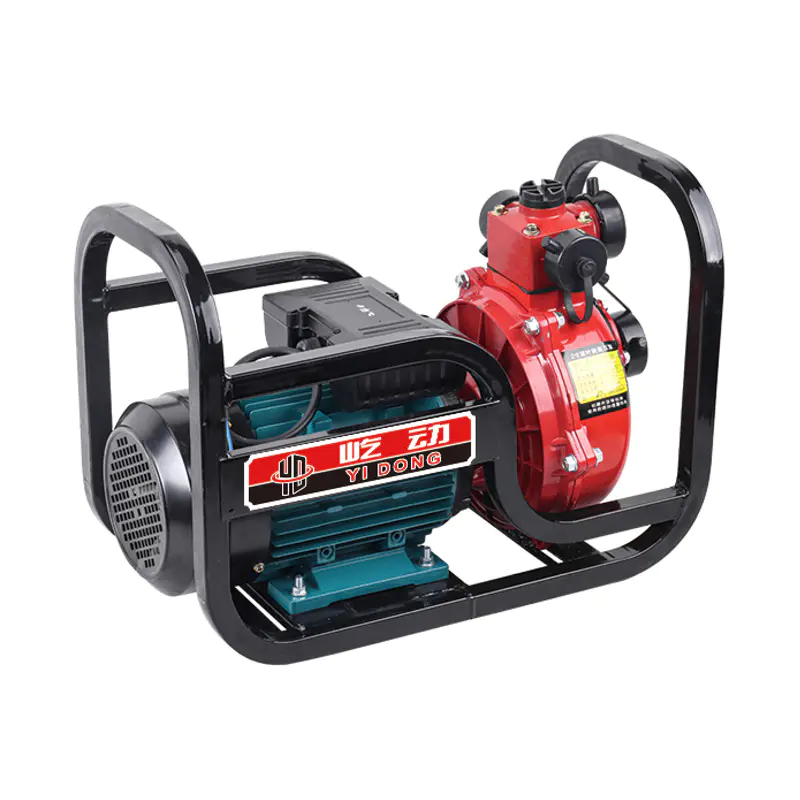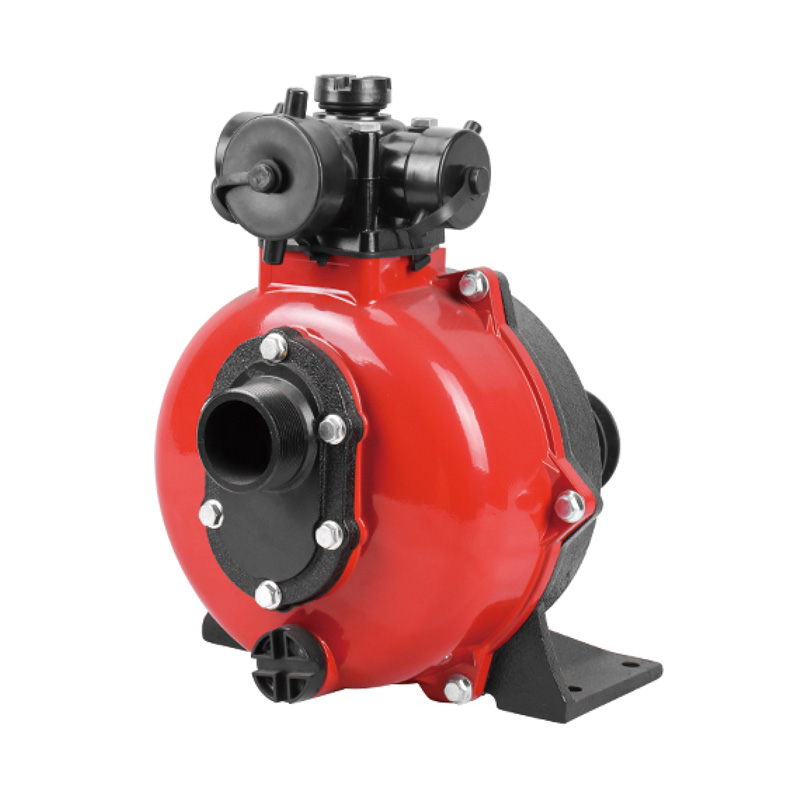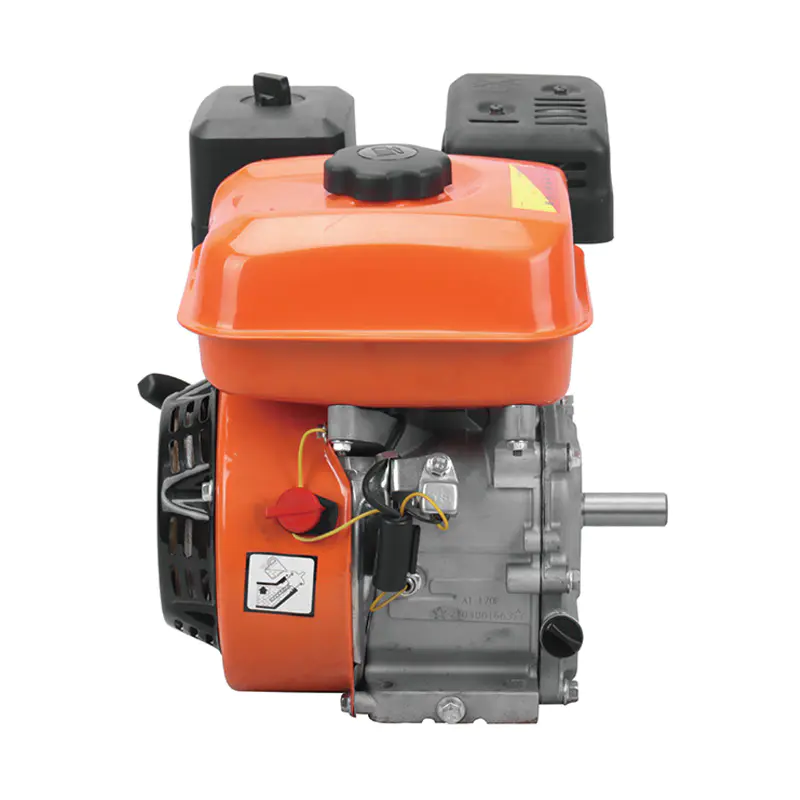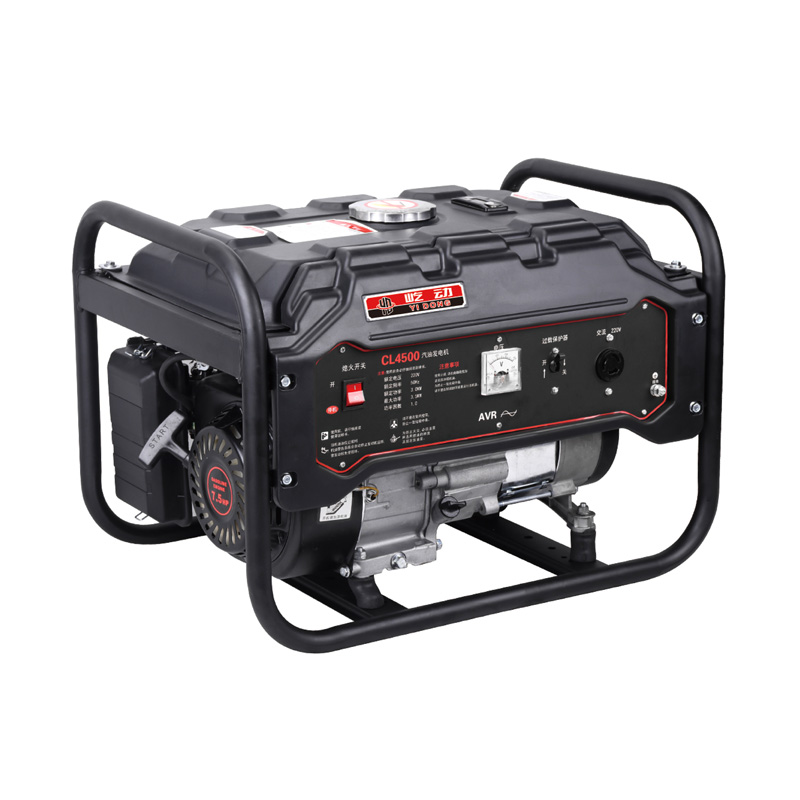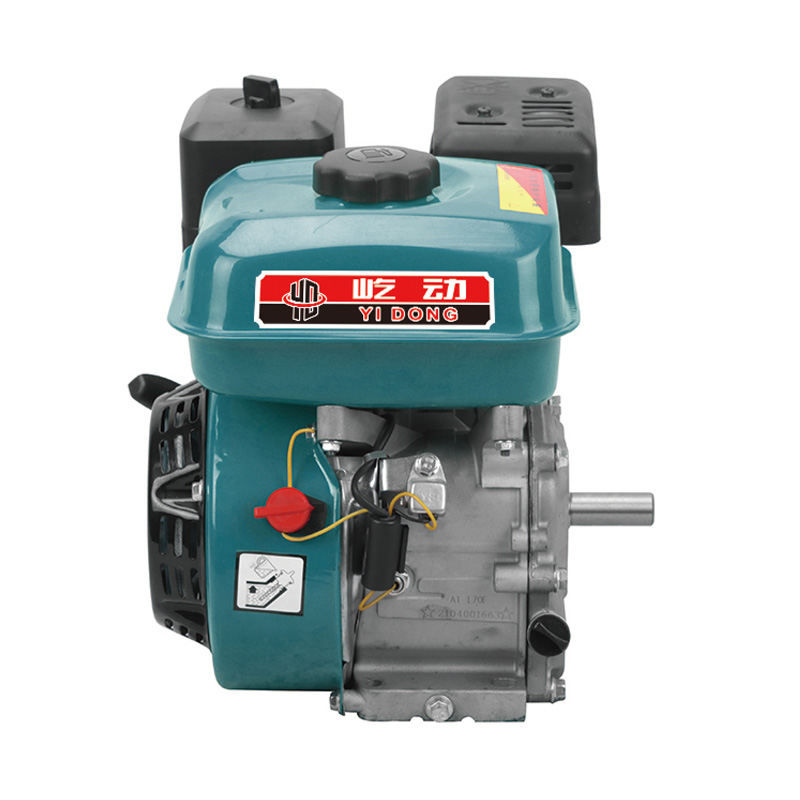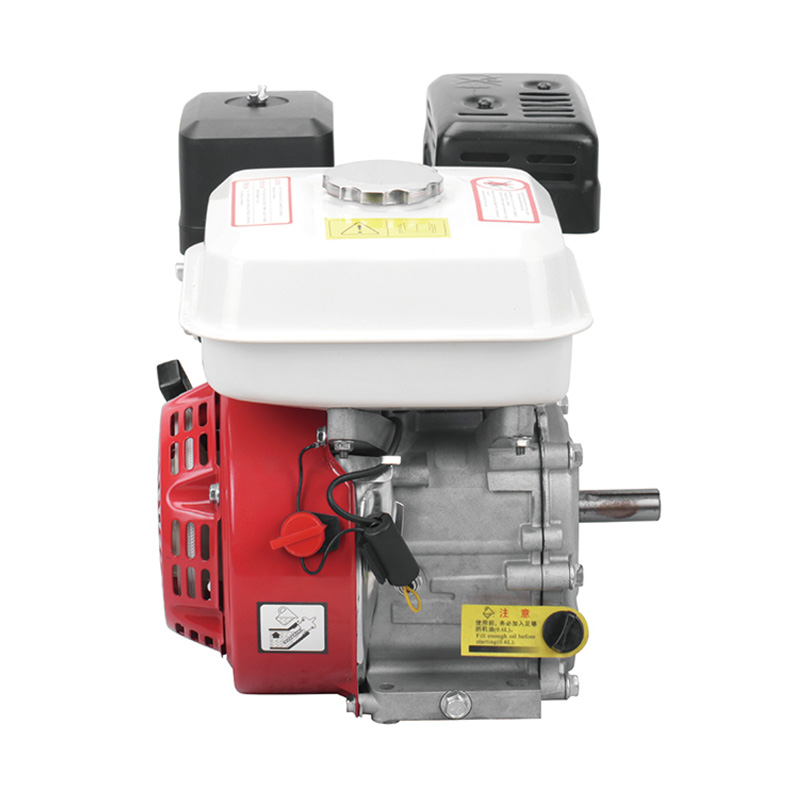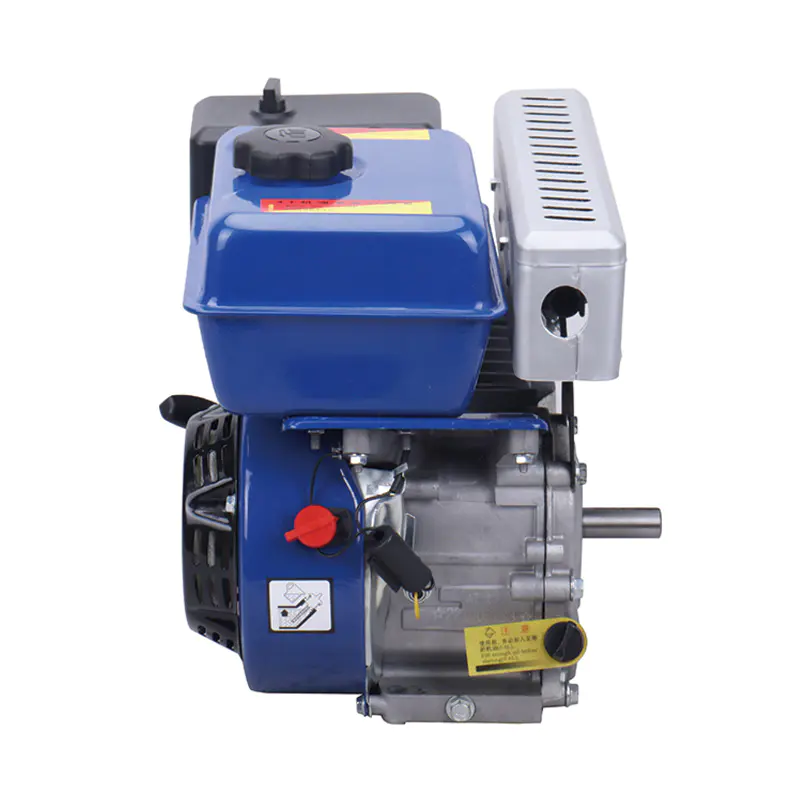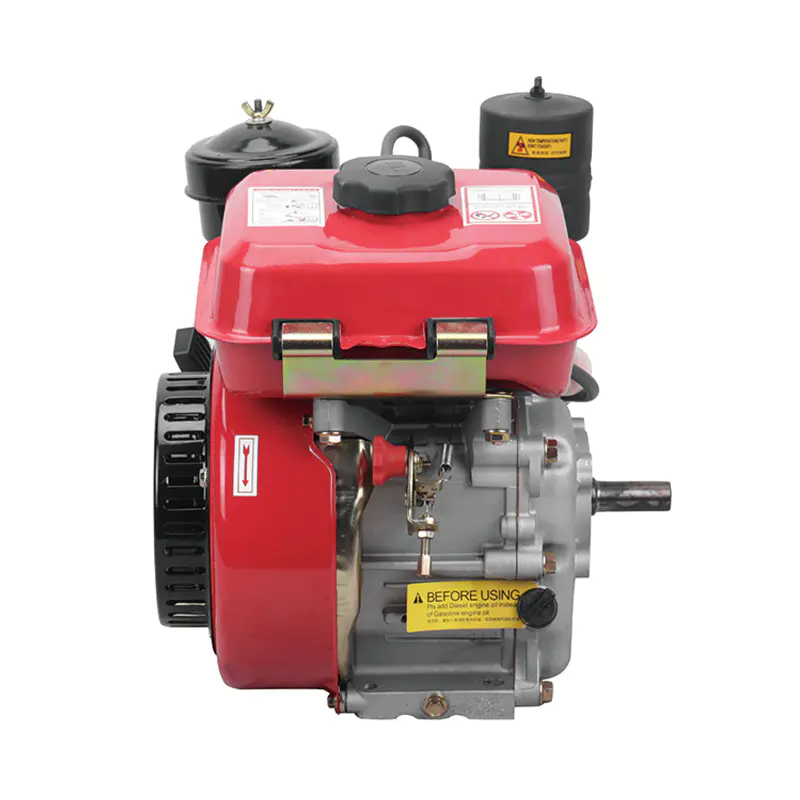What Are the Common Problems with Submersible Centrifugal Water Pumps?
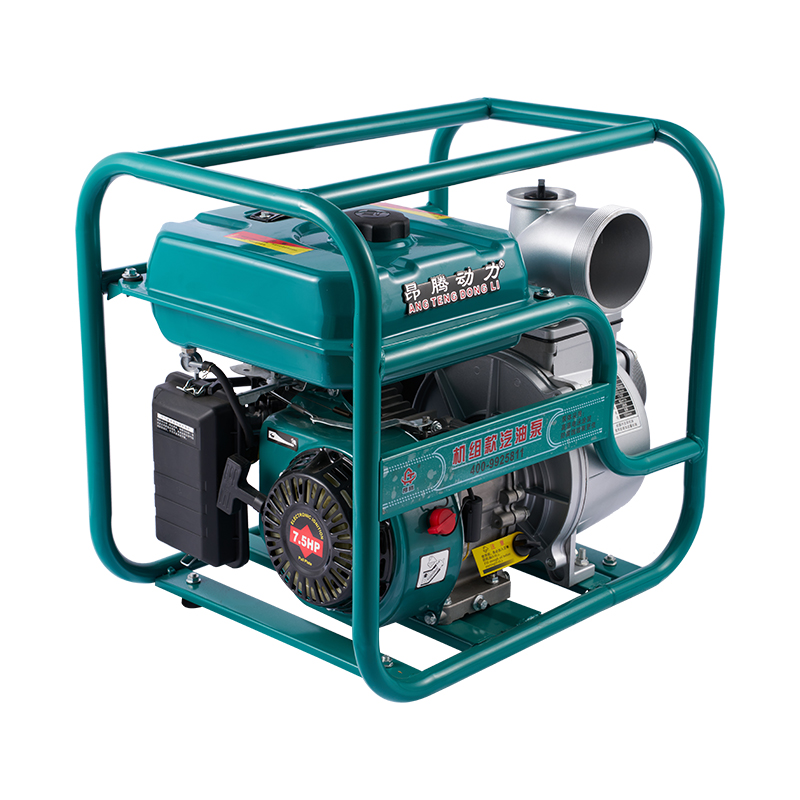
Submersible centrifugal water pumps are widely used in municipal water supply, irrigation, and industrial water management due to their efficiency and ability to operate under water. While these pumps are reliable, understanding potential challenges and hazards can help maintain safe and efficient operation.
1. Clogging and Blockages
One common issue arises when debris or sediments accumulate in the pump impeller or intake. This can reduce flow efficiency and potentially increase wear on moving components. Regular cleaning and appropriate filtration help ensure consistent performance.
2. Overheating
Submersible pumps rely on the surrounding water for cooling. If the water level drops or the pump operates in dry conditions, overheating can occur. Monitoring water levels and ensuring proper installation prevent excessive heat buildup and maintain motor performance.
3. Seal and Bearing Wear
Mechanical seals and bearings are crucial for preventing water leakage and maintaining smooth rotation. Over time, wear may occur due to friction or exposure to particulate matter. Routine inspection and timely replacement of these components extend the pump’s operational life.
4. Electrical Hazards
Operating a submersible pump involves submerging an electric motor, making insulation integrity critical. Damaged cables or water ingress can electrical hazards. Ensuring proper grounding, waterproofing, and regular electrical inspection enhances safety.
5. System Performance Variations
Changes in water density, temperature, or debris levels can slightly affect pump efficiency. Monitoring operational parameters and adjusting flow or speed ensures performance and reduces strain on the system.
By addressing these factors proactively, submersible centrifugal pumps can maintain long-term performance, operational safety, and efficiency across a variety of applications.
What Are the Types of Commercial Electric Water Pumps?
Commercial electric water pumps are designed to meet diverse industrial, agricultural, and municipal needs. These pumps vary in design, application, and operational features, making them adaptable to multiple settings. Below are some common types:
Type 1: Centrifugal Electric Water Pump
Features:
Centrifugal pumps operate using a rotating impeller to transfer energy from the motor to the fluid, creating continuous flow. They are available in single-stage or multi-stage designs, offering flexibility in flow rate and head.
Advantages:
- Provides smooth and continuous water delivery.
- Capable of handling clean or lightly contaminated water efficiently.
- Suitable for irrigation, water supply, and industrial processes.
- Simple construction ensures ease of maintenance and long-term reliability.
Type 2: Submersible Electric Water Pump
Features:
These pumps are designed to operate fully submerged in water, with the motor and pump integrated into a single unit. Submersible pumps are ideal for wells, reservoirs, or flooded areas.
Advantages:
- Quiet operation with minimal vibration due to water submersion.
- Reduces the need for priming, improving convenience in water transfer.
- Efficient cooling from surrounding water allows extended operation periods.
- Compact design enables installation in confined spaces, making them suitable for commercial and municipal water systems.
Type 3: Self-Priming Electric Water Pump
Features:
Self-priming pumps can evacuate air from the suction line, allowing them to start pumping without manual priming. They are typically used in applications where suction lift is required.
Advantages:
- Eliminates the need for manual priming.
- Maintains consistent flow even with minor air entrainment.
- Can handle a variety of liquids, including slightly viscous fluids.
- Provides operational convenience in commercial and agricultural settings.
Type 4: Booster Electric Pump
Features:
Booster pumps are designed to increase water pressure within a system. They are commonly used in high-rise buildings, irrigation networks, and industrial water distribution.
Advantages:
- Enhances water delivery to areas with low pressure.
- Adjustable operation allows control of flow and pressure.
- Supports consistent water distribution across large or multi-level systems.
- Can be integrated with existing water networks to improve overall efficiency.



 English
English русский
русский Français
Français Español
Español عربى
عربى